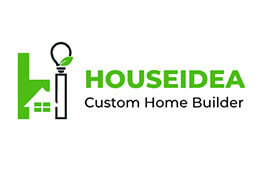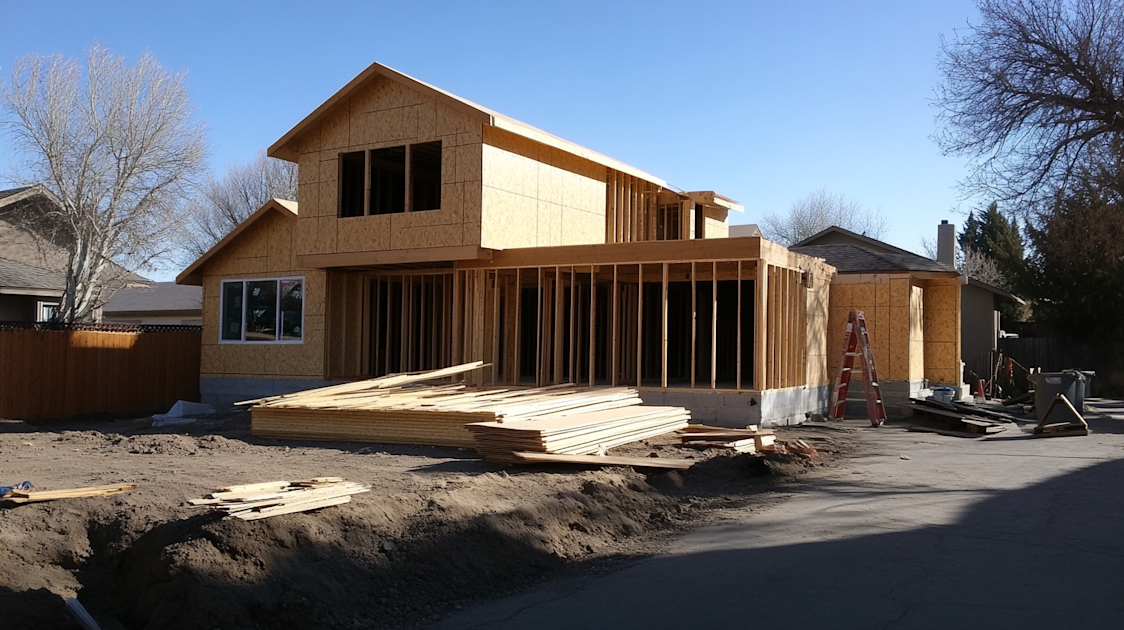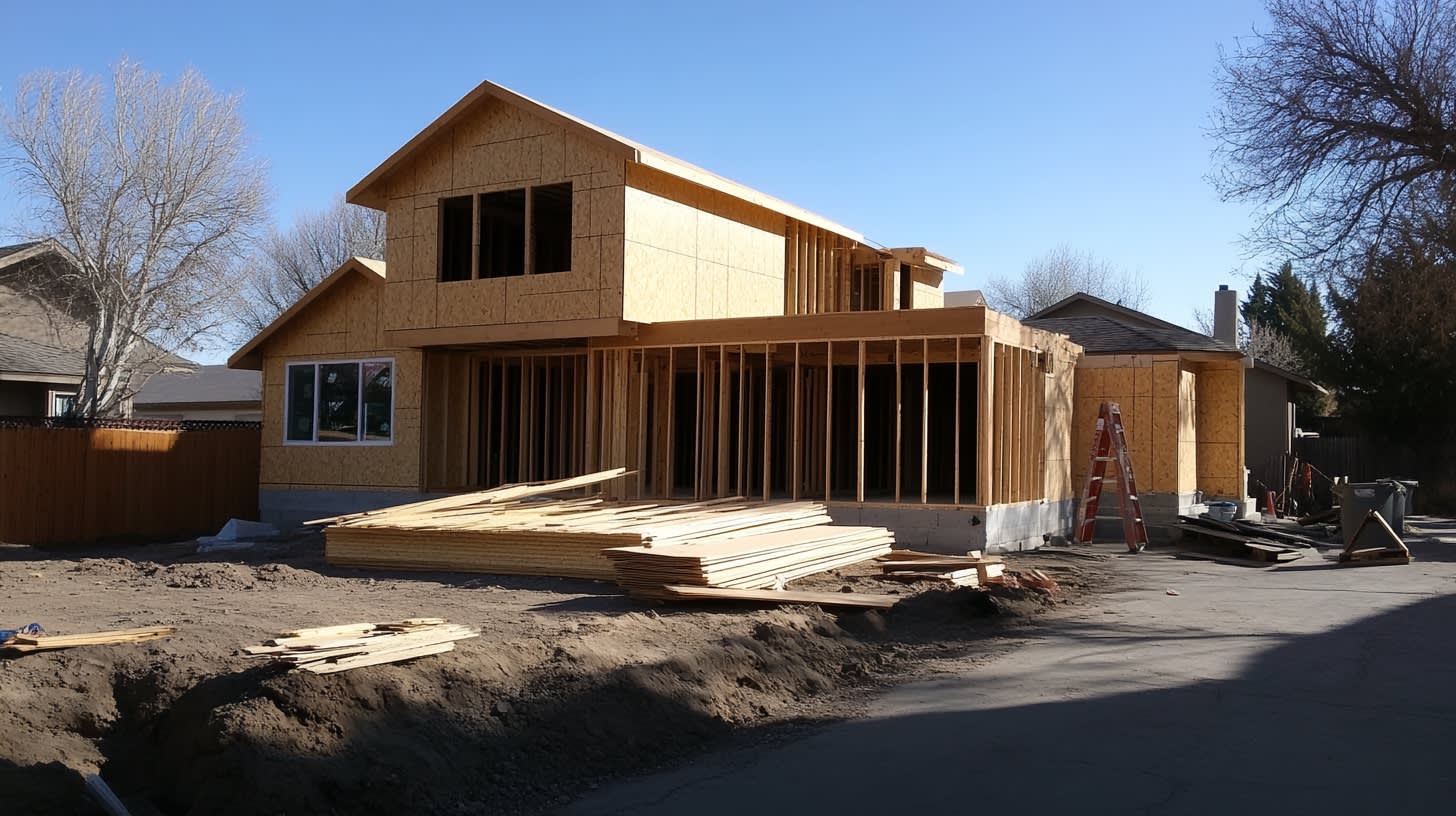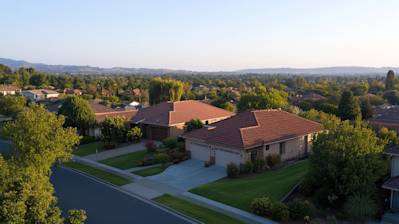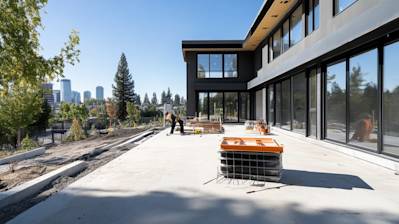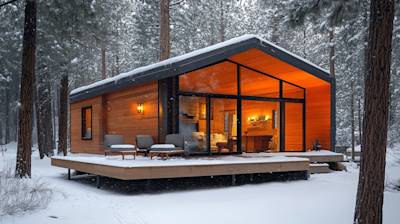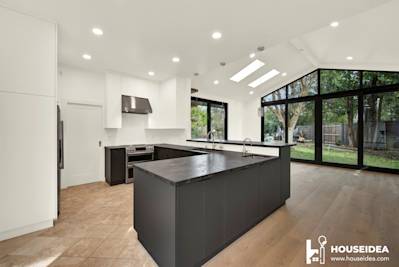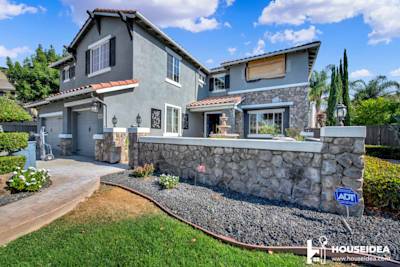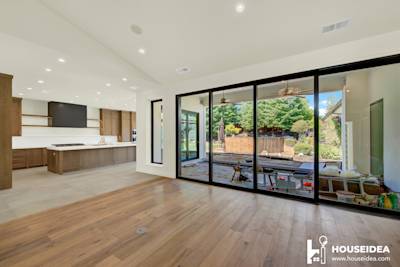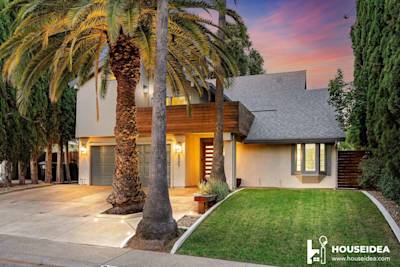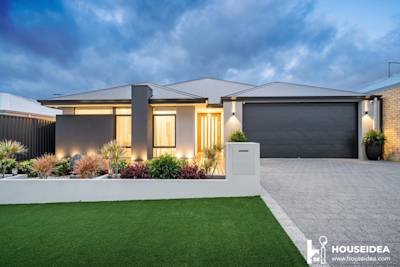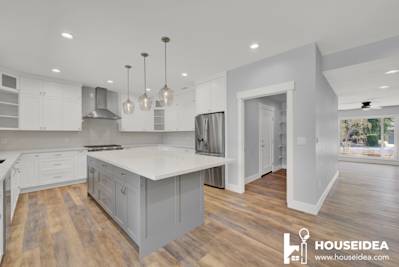In the world of construction and home renovation, the terms Oriented Strand Board (OSB) and plywood are continually bantered about. These wooden panels are commonly used in construction projects for various applications such as subfloors and sheathing. In this blog article, we dive into an in-depth comparison between OSB and plywood.
Composition of OSB and Plywood
Understanding the core difference between OSB and plywood starts with examining their composition.
OSB: OSB panels are designed by compressing and gluing constituent wood strands. Using a hot press, these strands are fashioned into a rigid, sturdy board.
Plywood: Plywood, on the other hand, is made by laminating thin wood veneers one on top of the other. These veneers or plies are glued at a 90-degree angle to enhance the strength of the resulting plywood sheet.
Noteworthy Features of OSB
OSB has become a popular choice in construction due to the following noteworthy features.
Cost-effective: OSB is generally less expensive than plywood by about 15% to 30%. This price difference makes it an attractive option, especially for large-scale projects where the cost can quickly add up.
Uniform Composition: OSB is made of tiny strands of wood, ensuring a uniform texture throughout the board. This uniformity is advantageous when dealing with holes and cuts, as there are fewer voids and weaknesses than in plywood.
Enhanced Flexibility: OSB sheets tend to be more flexible, absorbing a significant amount of pressure without breaking.
However, while these features make OSB ideal for certain applications, this material also has its set of drawbacks such as reduced water resistance and longevity compared to plywood.
Highlighting the Benefits of Plywood
Regarded as the traditional choice in construction, plywood offers several benefits.
Superior Moisture Resistance: Plywood panels can resist water and moisture better than OSB, hence, reducing the risk of swelling or warping over time.
Increased Durability: Although plywood can be prone to certain weaknesses like knots or voids, it still tends to have a longer lifespan than OSB.
Improved Aesthetics: Due to its layered veneer composition, plywood often features a more appealing grain pattern, making it a better choice for visible applications such as cabinets and furniture.
Picking Between OSB and Plywood
The choice between OSB and plywood is often dictated by the specific demands of your project.
When to Use OSB
In scenarios where aesthetics are not fervently considered, OSB can be the optimal choice. This includes:
- Wall sheathing
- Subflooring
- Roof decking
OSB's uniformity and cost-effectiveness make it the go-to material for such applications.
When to Use Plywood
In situations where water resistance is a priority, plywood is likely to outshine OSB. Applications might include:
- Bathroom remodeling
- Kitchen cabinets
- High-end furniture crafting
With its enhanced durability, moisture resistance, and naturally aesthetic grain pattern, plywood proves to be the superior option for these projects.
Frequently Asked Questions about Osb Vs Plywood
What are their applications?
Both OSB and plywood find a diverse range of applications in the construction industry. They can be used for structural sheathing, floors, roofs, and in the building of furniture. However, Plywood is traditionally used in making cabinets, shelves, and other specialty applications due to its smooth finish. On the other hand, OSB is more often used in places that require large sheets because of its larger size availability and is used in places where appearance is not a primary concern.
Which one is more water-resistant?
In terms of water resistance, plywood tends to handle exposure to moisture better than OSB. Plywood can resist swelling and returning to its normal size, even after drying from damp conditions. OSB, on the other hand, does not cope as well with moisture and may remain swelled even after drying.
How do OSB and Plywood rate in terms of strength?
Both OSB and plywood are strong materials that provide similar performance in terms of structural strength and capacity to hold weight. However, the concentrated layers in plywood provide it with slightly better dimensional stability and strength.
Which one is more affordable?
Generally, OSB is considered to be more cost-effective compared to plywood because it utilizes small strands or pieces of wood. This means that even leftover, discarded pieces can be used in its manufacture, therefore reducing production cost.
Are OSB and Plywood both eco-friendly?
Both OSB and plywood can be considered eco-friendly to a certain extent as both use waste wood materials or small, low-quality trees that might not otherwise be used. However, the manufacturing process of OSB consumes lesser energy as compared to plywood, making it slightly more eco-friendly.
Can I use OSB and Plywood interchangeably?
While both OSB and plywood can be used in various construction applications, it's important to consider their individual strengths and weaknesses concerning the specific requirements. For example, while plywood might be better suited for projects that require aesthetic appeal, OSB would be the ideal choice for projects that require larger panels or sites with budget restrictions.
Pros of using OSB (Oriented Strand Board)
Cost
Affordability
OSB generally tends to be cheaper than plywood. Those who are on a tight budget or are engaged in large construction projects often prefer OSB for its lower costs. OSB is manufactured from smaller trees, which significantly reduces the cost of raw material and thus the final product.
Environmentally Friendly
Recycling
OSB panels are comprised of fast-growing, small-diameter trees that often wouldn't have other uses. This ultimately contributes to better forest management, making the use of OSB more environmentally friendly.
Size Range
Versatility
OSB comes in wide and varied sizes, adding to its versatility in use. It can comfortably cover larger areas without the need for multiple sheets. This is advantageous in larger construction projects that call for robust, sizeable boards.
Resistance
Swelling
OSB is known to be more consistent across its surface than plywood. It doesn't have the knots or voids that plywood often does, making it more resistant to swelling. Also, the way it's manufactured gives it better rigidity over time.
Cons of using OSB (Oriented Strand Board)
Moisture Resistance
Impact of Water
OSB's biggest con is probably its moisture resistance - or lack thereof. Although manufacturers have been working on this issue, OSB is still porous and thus, more susceptible to water damage compared to plywood.
Aesthetics
Appearance
OSB does not have the most attractive appearance. It's made up of different wood chips and cannot match the grain seen in plywood. This may be a downside for those seeking to leave their wood exposed.
Flexibility
Rigidity
Although OSB exhibits excellent rigidity over time, it is less flexible than plywood, making it a less preferable choice for certain applications (for example where bending of panels is required).
Pros of using Plywood
Moisture Resistance
Advantage in Water Exposure
Plywood holds a significant advantage over OSB in terms of moisture resistance. Its layers (plies) are glued together with their grains running at right angles, a design that reduces expansion and shrinkage. It is less likely to soak up water and swell, and more likely to dry out quicker than OSB when exposed to moisture.
Flexibility
Adaptability
Plywood’s ability to bend makes it a versatile option. For contractors who consider flexibility in materials a priority, plywood is definitely a go-to option.
Aesthetics
Look and Feel
Plywood has a more attractive face than OSB, showing the beautiful grain of the wood. This makes it ideal for visible projects like cabinet making where aesthetics play a crucial role.
Cons of using Plywood
Cost
Price
On average, plywood is more expensive than OSB. The price may be a deciding factor for those on a strict budget or those who are handling large scale projects.
Environmental Impact
Sustainability
Unlike OSB, plywood is typically made from large trees. Moreover, these trees take a longer time to grow compared to the smaller trees used for OSB. Therefore, plywood is generally seen as less sustainable and less eco-friendly than OSB.
Size Range
Limitations
Plywood does not come in as large pieces as OSB and therefore, one might need multiple sheets to cover larger areas, which can add to the installation efforts.
Consistency
Differences in Structure
Plywood can occasionally have voids or knots that can affect its structural integrity. These irregularities often compromise the evenness of the board and make it less predictable when cutting. Plywood's structural inconsistencies may pose certain difficulties in specific applications.
Summary
OSB and plywood are both commonly used in construction, but each material also has its own set of strengths and weaknesses. OSB, or Oriented Strand Board, is typically less expensive and more environmentally friendly since it’s made from small, fast-growing trees. However, it's not as strong as plywood and can be prone to swelling if exposed to water.
On the other hand, plywood is made from thin layers of wood that are glued together, making it tougher and more durable than OSB. It can handle water exposure better, but it's typically more expensive and uses larger, slower-growing trees. Despite the differences, both OSB and plywood meet the same building code requirements for strength and durability, so the choice between the two usually comes down to specific project needs and budget.
"OSB vs plywood" is a debate that isn't going away anytime soon. Both materials have their own unique properties, making them suitable for different types of projects. So, it's not about which one is better, but rather, which one is better for your particular needs. Do you need something more cost-effective and environmental, or something water-resistant and durable? Having this understanding should help you make the best decision.
About HouseIdea
HouseIdea, based in Sacramento, CA, is your friendly neighborhood team for inventive, sustainable, and gorgeous home design solutions. We're passionate about transforming spaces with a unique blend of functionality, innovation, and style that reflects our client's personality. Since we believe your home should rise up to greet you, our team of dedicated professionals work hand-in-hand with you to turn your house into a sanctuary that gives you a warm welcome every time. From design consultation to the final decorative touches, HouseIdea guides you at every step to create a space that looks like a million bucks, even if it doesn’t cost anywhere near the amount!
Tags: osb, plywood, comparison,
